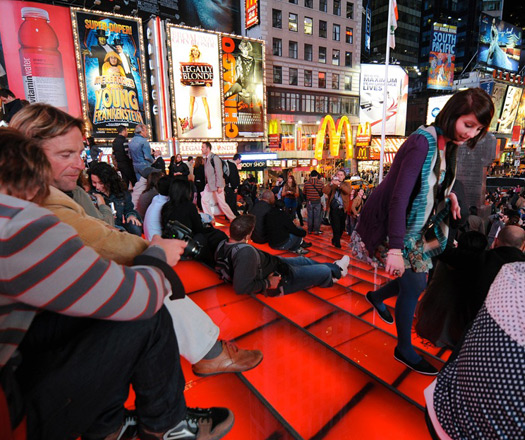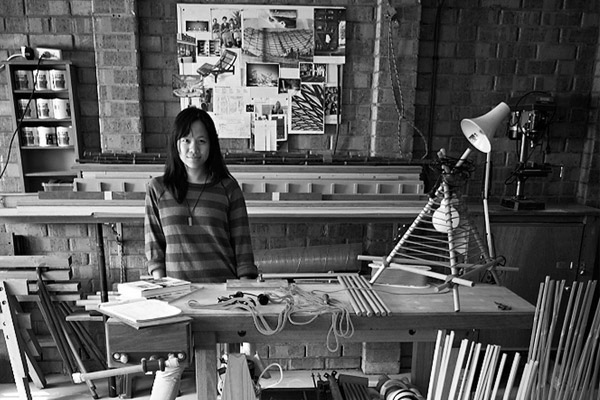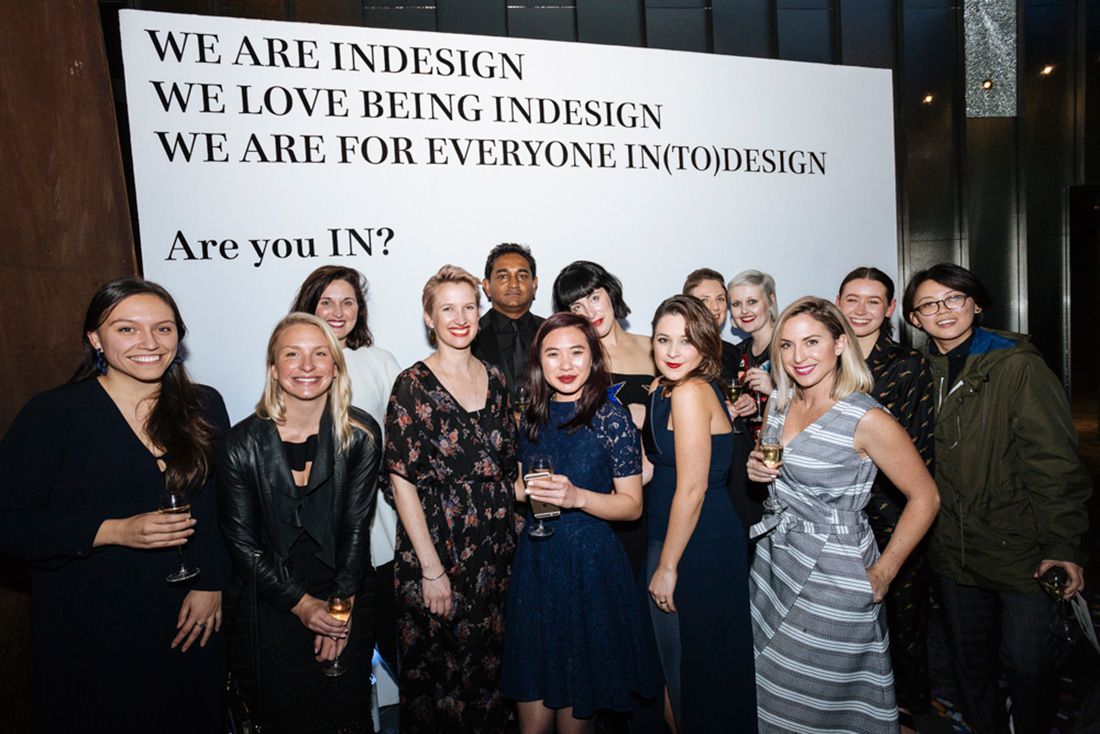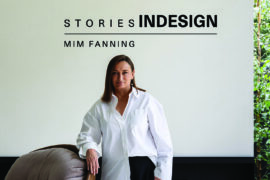A culture of bungled design competitions has led a Sydney architect to call for greater transparency. Business Editor Gemma Battenbough reports.
April 28th, 2010
John Choi, director of Manly-based Choi Ropiha, said from now on contest organisers would need to demonstrate “greater commitment” to fully engage the profession.
Clients often launch design competitions without any real commitment to the outcome, he said. The expectation is that architects should invest their time and money in entering without knowing the likelihood of a project being developed.
“Often design competitions are run with the main intention of raising the profile of one of the stakeholders,” he told indesignlive.com.
“There is a culture of design competitions not coming to fruition and it is frustrating. A level of commitment needs to be signalled on the client’s side.”
Currently, the onus is on an architect to deconstruct a brief and see whether a competition is worth entering, Choi expalined. Firms have to “suss out” post-competition plans and processes, research budgets, look for the involvement of stakeholders, councils and public agencies, and study the jury.
But this should change, Choi said, with the burden of weighing up wobbly design competitions borne by professional bodies, such as the Australian Institute of Architects.
According to Choi, endorsing bodies should be “more mindful” of the commitment on offer from clients.
He also believes in a two-tier system of endorsement that would give clients the option of running an ideas competition or a fully-fledged project competition.
“An ideas competition would need a low level of commitment from a client. The winner can always be engaged if circumstances evolve that way. Whereas, a project competition would call for a high level of commitment, including a larger prize sum, upfront contract terms, high-level design jurors, technical advisors and stakeholder involvement,” he said.
“Competitions are great project opportunities and they are important for developing professionally … But they would be significantly more constructive to the profession in Australia if they were more organised”
Choi Ropiha
choiropiha.com
Image above and below: Choi Ropiha’s TKTS Booth in Times Square, competition winner.

INDESIGN is on instagram
Follow @indesignlive
A searchable and comprehensive guide for specifying leading products and their suppliers
Keep up to date with the latest and greatest from our industry BFF's!

For Aidan Mawhinney, the secret ingredient to Living Edge’s success “comes down to people, product and place.” As the brand celebrates a significant 25-year milestone, it’s that commitment to authentic, sustainable design – and the people behind it all – that continues to anchor its legacy.

A longstanding partnership turns a historic city into a hub for emerging talent

Passionate about quality, creativity and lifestyle, ChristelH is a Sydney-based studio that specialises in the design and creation of furniture, lighting and conceptual design projects.

On Thursday 11 August team Indesign threw a bash to properly launch Melbourne Indesign 2016, and to celebrate the redesign and relaunch of the all new Indesign Magazine.
Kyriacou Architects have moved into a new office in Melbourne: New Address Suite 3 Level 5 443 Little Collins Street Melbourne 3000 To coincide with the move, they have launched a new website:http://www.karch.com.au
The Federal Government yesterday launched a $17m Creative Industries Innovation Centre at Sydney’s UTS. Part of the $271 million earmarked for six ‘Innovation Centres’ under the Government’s Enterprise Connect initiative, the Creative Industries centre aims to provide creative sector businesses with assistance in boosting productivity – improving wealth and job creation. “Small and medium enterprises […]
The internet never sleeps! Here's the stuff you might have missed

With Steelcase having reopened its refreshed WorkLife Showroom in Singapore this year, we spoke to Navedita Shergill about some key workplace macro shifts identified in their research.

The Mim x Tim show: Miriam Fanning of Mim Design joins Timothy Alouani-Roby at The Commons in Melbourne to discuss art, design on television, interior design and more.

Abbotsford Convent has appointed Kennedy Nolan to guide the next stage of development at the heritage-listed Melbourne precinct, continuing its evolution as a cultural and community landmark.

The final day of CPD Live’s 2025 season delivers three must-attend sessions exploring circular design for furniture and fitouts, and the science behind safe, high-quality drinking water. Starting from 9 AM AEDT, 16th October – it’s your last opportunity this year to join our Live CPD sessions and finish 2025 inspired.